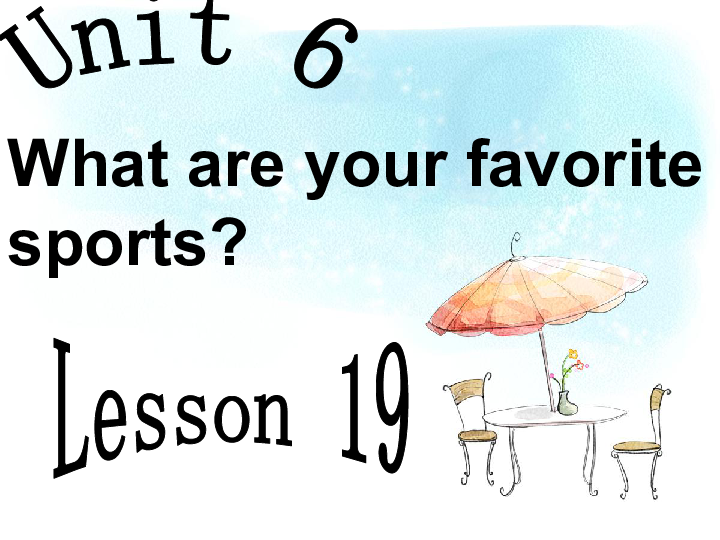What Are Flying Ants Attracted To? Discovering the Secrets Behind Their Allure**
Guide or Summary:What Are Flying Ants Attracted To?Food SourcesMoisture and Water SourcesEnvironmental ConditionsLight SourcesBiological InstinctsPreventive……
Guide or Summary:
- What Are Flying Ants Attracted To?
- Food Sources
- Moisture and Water Sources
- Environmental Conditions
- Light Sources
- Biological Instincts
- Preventive Measures
What Are Flying Ants Attracted To?
Flying ants, often seen swarming in the summer months, can be a perplexing sight for many. Understanding what attracts these insects can help homeowners manage their presence and even prevent infestations. So, what are flying ants attracted to? This question encompasses several factors, including food sources, environmental conditions, and the biological instincts of these fascinating creatures.
Food Sources
One of the primary attractions for flying ants is food. These insects are particularly drawn to sugary substances and proteins. Sweet foods, such as fruits, honeydew from aphids, and even spilled soda, can lure flying ants into your home or garden. Additionally, they are attracted to protein sources like meats and pet food. Keeping food stored properly and cleaning up spills promptly can significantly reduce the chances of attracting flying ants.

Moisture and Water Sources
Flying ants also seek out moisture. They are often found near water sources, such as leaky pipes, birdbaths, or even damp soil in gardens. This attraction to moisture is essential for their survival and reproduction. Ensuring that your home is free from leaks and maintaining a dry environment can deter flying ants from making your space their home.
Environmental Conditions
The time of year and weather conditions play a significant role in the activity of flying ants. Warm, humid days are ideal for their swarming behavior, which typically occurs during the late spring and summer months. During this time, flying ants are more likely to be seen as they leave their nests to mate and establish new colonies. Understanding these patterns can help you anticipate their presence and take preventive action.
Light Sources
Interestingly, flying ants are also attracted to light. This behavior is common among many flying insects. Outdoor lights can draw them in, especially during their swarming season. To minimize their attraction to your property, consider using yellow or sodium vapor lights, which are less appealing to insects than standard white lights.

Biological Instincts
Finally, the innate biological instincts of flying ants cannot be overlooked. These insects are driven by the need to reproduce and establish new colonies. During their nuptial flights, winged males and females leave their nests to mate. After mating, the males typically die, while the fertilized females will land, shed their wings, and search for a suitable location to start a new colony. This natural behavior explains why flying ants are often seen in large numbers during specific times of the year.
Preventive Measures
To keep flying ants at bay, it is essential to implement preventive measures. Regularly inspect your home for cracks and crevices where ants can enter. Seal these openings to create a barrier against these pests. Additionally, maintaining a clean environment by promptly addressing spills and food waste can discourage their presence.
In conclusion, understanding what flying ants are attracted to can empower homeowners to take proactive steps in managing these insects. By addressing food sources, moisture, environmental conditions, and light attraction, you can significantly reduce the likelihood of encountering flying ants in your living space. Effective pest control begins with knowledge, and by being informed about these fascinating creatures, you can enjoy a more comfortable and pest-free environment.
